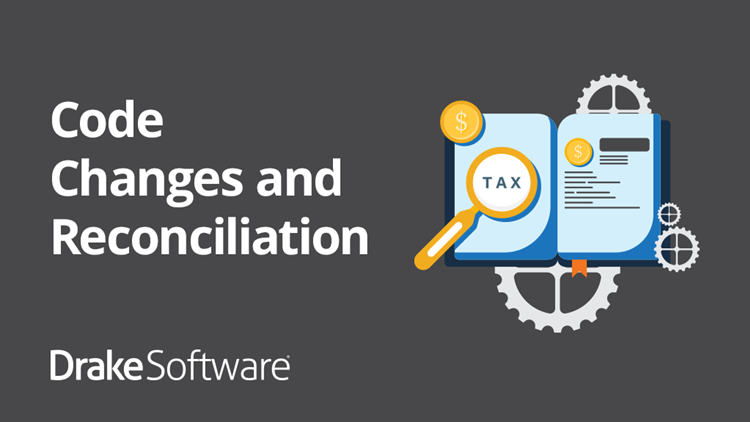How the Reconciliation Process Impacts 2025 Tax Law

As the 2025 tax season approaches, tax professionals should keep a close eye on Congress — especially when lawmakers pursue sweeping tax reform using a powerful legislative tool: the reconciliation process. Commonly used to sidestep Senate filibusters, this fast-track mechanism could be the engine behind significant updates to the tax code.
What Is the Reconciliation Process?
Reconciliation allows Congress to expedite budget-related legislation. In the Senate, instead of needing the usual 60 votes to break a filibuster, reconciliation bills can pass with just a simple majority — 51 votes. Debate is also capped at 20 hours, streamlining the process and giving the majority party a chance to advance legislation without bipartisan buy-in.
Key Aspects of the Reconciliation Process
The reconciliation process offers several strategic advantages for lawmakers. It allows legislation to pass the Senate with just 51 votes, avoiding the 60-vote threshold typically required to overcome a filibuster. Debate time is limited to 20 hours, which helps prevent procedural delays and keeps the process moving swiftly. Additionally, if one party controls both chambers of Congress, it can pass legislation without needing bipartisan support.
Debate and amendments are tightly restricted, limiting discussion. The Byrd Rule can remove provisions that don’t have a direct budgetary impact, narrowing the scope of what can be included in the bill. Finally, the party in control bears full political responsibility for any unpopular outcomes, since they alone push the legislation through.
The Byrd Rule and “Byrd Bath”
Named after Senator Robert Byrd, this rule bars “extraneous” measures from reconciliation bills. That means anything that doesn’t directly affect the federal budget — or impacts Social Security — is subject to removal during a detailed review process known as a “Byrd Bath.”
Key triggers that can get a provision removed include:
- No budgetary impact
- Jurisdictional overreach
- Increase in the deficit beyond the budget window
- Social Security-related changes
What Tax Pros Should Expect in 2025
The reconciliation process has been used to address numerous tax policies in the One Big Beautiful Bill Act (OBBBA).
- Permanent Extension of 2017 Tax Cuts
- Increased SALT Deduction Cap
- Enhanced Child Tax Credit
- Senior Deduction
- R&D Expensing Reinstated
For more information on these changes, see our blog post covering the OBBBA.
Strategic Implications for Tax Professionals
With major legislative changes in place, tax pros should start preparing now to answer client questions and adjust for new tax policies.
- Plan for TCJA expirations. Model different scenarios for both individual and business clients
- Stay flexible. Resources and IRS guidance may lag legislation, so prepare for rapid shifts
- Monitor reputable sources. Track developments from Congress and the IRS closely
- Advise proactively. High-income and business clients may be especially impacted and should consider mid-year strategy sessions
Want a deeper dive? Read more about staying prepared for legislative changes in 2025.
The reconciliation process has already been used as a vehicle for significant tax reform in 2025. As the legislative picture sharpens, tax professionals will need to translate policy into strategy for their clients quickly and confidently.



